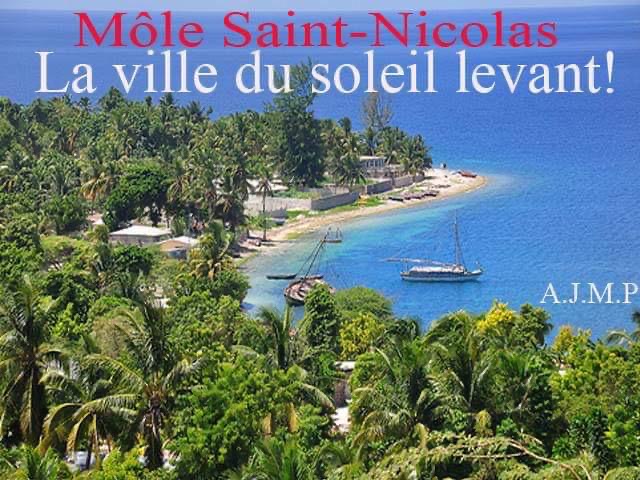

The Spanish influence in Mole St. Nicolas, a historic town in northwestern Haiti, is an intriguing aspect of its colonial history. The area was first landed by Christopher Columbus on December 5, 1492, during his first voyage to the New World. This marked the beginning of Spanish influence in the region, albeit briefly, as the Spanish soon moved their focus to other parts of the Caribbean and the mainland of the Americas.
Early Colonial Impacts
- Establishment of Settlements: The Spanish established the first European settlement in the area, which served as a strategic point due to its location on the Windward Passage, a key route to other parts of the Caribbean and the Americas. This settlement, however, did not last long as the focus shifted elsewhere.
- Introduction of Christianity: With Spanish colonization came the introduction of Christianity, specifically Catholicism. The Spanish missionaries were among the first to attempt to convert the indigenous Taino population, which had a profound impact on the local culture and spiritual practices.
- Disease and Population Decline: The arrival of the Spanish also brought diseases to which the indigenous Taino people had no immunity. This resulted in a significant decline in the indigenous population, which altered the social and demographic landscape of the region.
- Agricultural Practices: The Spanish introduced new agricultural techniques and crops, including sugarcane, which later became a staple of the Caribbean economy. This early introduction of sugarcane farming laid the groundwork for the later plantation economies that would dominate the region.
- Legal and Social Structures: Spanish colonial rule also introduced new legal and administrative systems, although their direct impact was less pronounced in Mole St. Nicolas compared to other parts of Haiti and the Caribbean due to the brevity of Spanish control.
Shaping of Local Culture
The Spanish left a lasting imprint on the cultural landscape of Mole St. Nicolas, even after their control waned. The mixed heritage, seen in the local cuisine, religious practices, and languages, reflects this early Spanish influence mingled with African and indigenous elements. For example, the religious festivals and architectural styles show traces of Spanish culture blended with local traditions.
Despite the relatively short period of Spanish rule in Mole St. Nicolas, the early interactions between the Spanish colonizers and the indigenous people set in motion a series of cultural exchanges that continue to influence the region’s identity. The legacy of these colonial footprints can still be seen in the town’s cultural expressions and historical sites, making Mole St. Nicolas a unique place where these influences are preserved and remembered.


